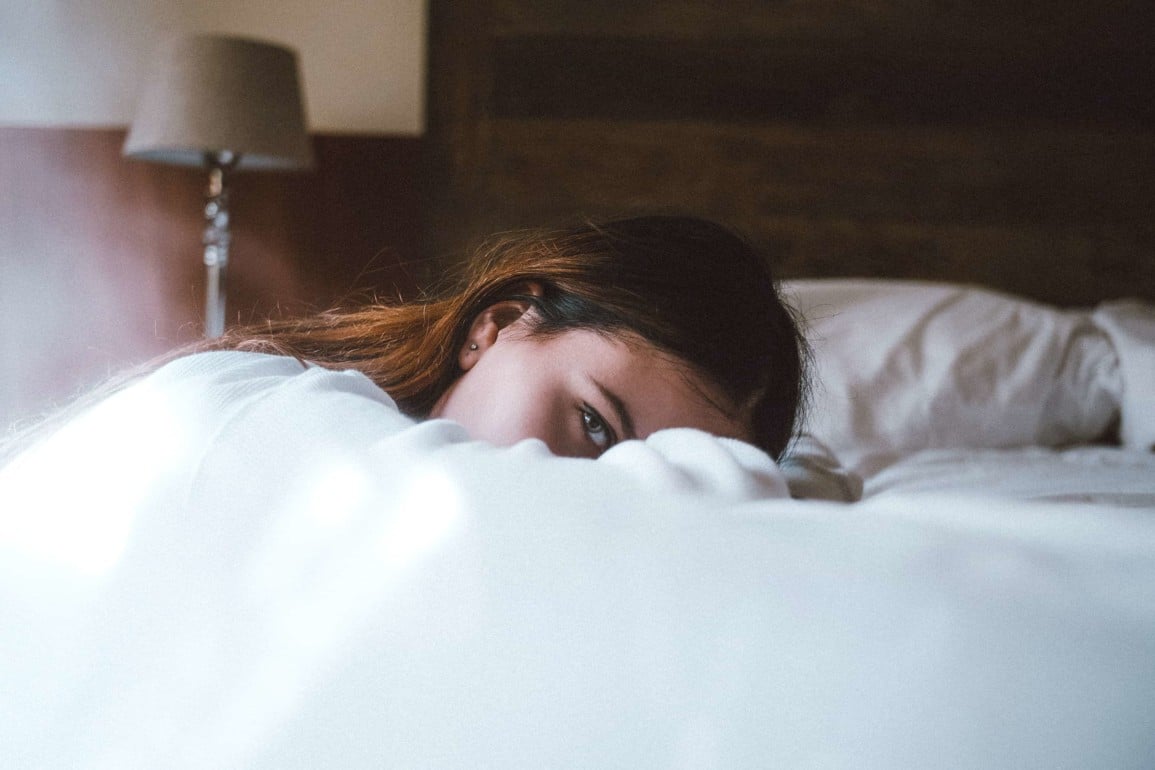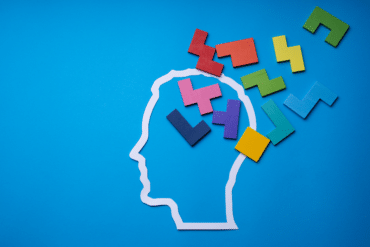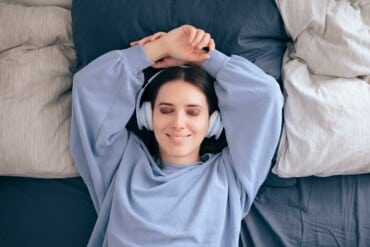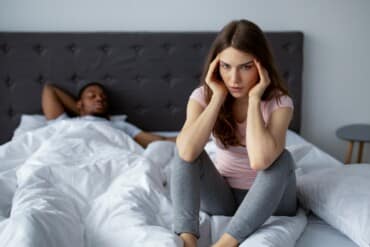Losing sleep over your insomnia?
The answer could be spending less time in your bed.
We know it sounds crazy, but when you can’t sleep properly, and your circadian rhythm is on the fritz, some researchers believe the best thing is to get out of bed.
Before sleep restriction therapy starts, your actual hours spent asleep are calculated. Then you stay awake until you’re exactly that amount of hours away from the alarm going off.
Obviously, the idea of avoiding sleep when all you want to do is snuggle up under your duvet isn’t something that appeals to a lot of people. That’s one of the reasons why many people consider sleep restriction therapy to be more torture than treatment.
However, when you drill down into the science behind carefully scheduled sleeping patterns, it’s easy to see why so many experts recommend this therapy as a quick way to overcome sleeping disorders.
Today, we’re going to explore the ins and outs of sleep restriction for insomnia. We’ll help you to figure out whether this controversial treatment could be the answer to your slumber issues.
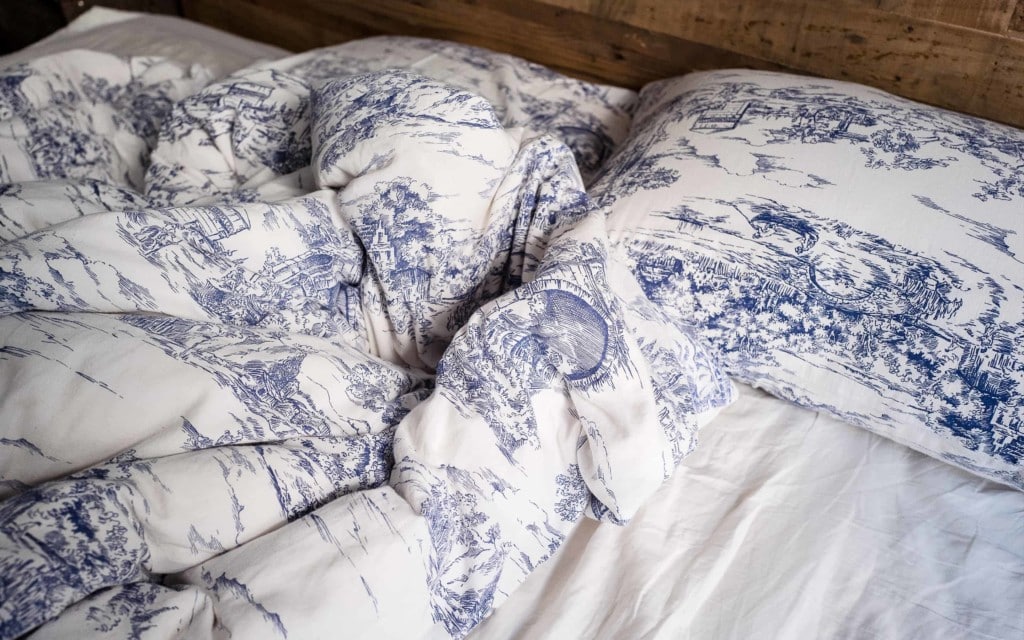
Sleep restriction: Get out of bed to get more sleep
Sleep restriction therapy for insomnia is a kind of cognitive behavioural therapy. In other words, it’s a method of changing your thoughts, feelings, and behaviours to encourage better sleep.
Psychologists consider sleep restriction as stimulus control therapy for insomnia. The individual is reconditioned to a consistent sleep schedule by controlling the bedtime.
Though it might not sound particularly appealing, the evidence is mounting to suggest that sleep restriction does have a positive impact on people with insomnia and other sleeping disorders.
However, to understand how reducing sleep can be good for you, we need to start by explaining what insomnia actually is.
Insomnia is a common sleeping condition, described as an inability to obtain the right amount of restful sleep to allow for proper physical and mental functioning.
Insomnia leads to problems with everything from depression, to an increased risk of illness and chronic disease. It’s no wonder that people have tried everything from drugs to hypnosis to counteract their lack of sleep.
Stimulus control for better sleep efficiency
If you suffer from insomnia, your doctor will often give you some advice on how you can improve your sleep hygiene and potentially sleep a little better as a result.
For instance, if you’re not able to get to sleep after fifteen minutes of being in bed, most doctors will tell you to get up and do something, until you’re ready to sleep. This common advice is stimulus control of sleep and is a small part of what sleep restriction therapy consists of.
The main goal of the sleep stimulus control is to reduce your risk of associating your bed with a place of stress and anxiety.
Another common aspect of sleep hygiene is making sure you wake up and go to bed at the same time every day. You need to do this even if you have a bad night of sleep. Sleep restriction therapy also builds on this principle.
A lot of people convince themselves that if they have trouble sleeping one night, they should stay in bed for longer on the weekend, or the next day to make up for it.
However, this actually creates a shift in your circadian rhythm, which throws your sleeping patterns further off-balance.
So, here’s a short list to sum up what sleep restriction therapy consists of:
- Get up at the same time each day.
- Stay up until a certain set time, avoiding hours of tossing and turning in your bed.
- Learn how to look past the alarm clock.
- Better sleep efficiency as an end result.
Interestingly, better sleep efficiency is the thing that sleep restriction therapy tries to deliver. It focuses on restricting the amount of time you spend in your bed until every moment you spend snoozing is genuinely restful sleep.
That means that you’re not spending 10 hours in bed but only getting 4 hours of good sleep, which is common among insomniacs.
So, how exactly does sleep restriction work?
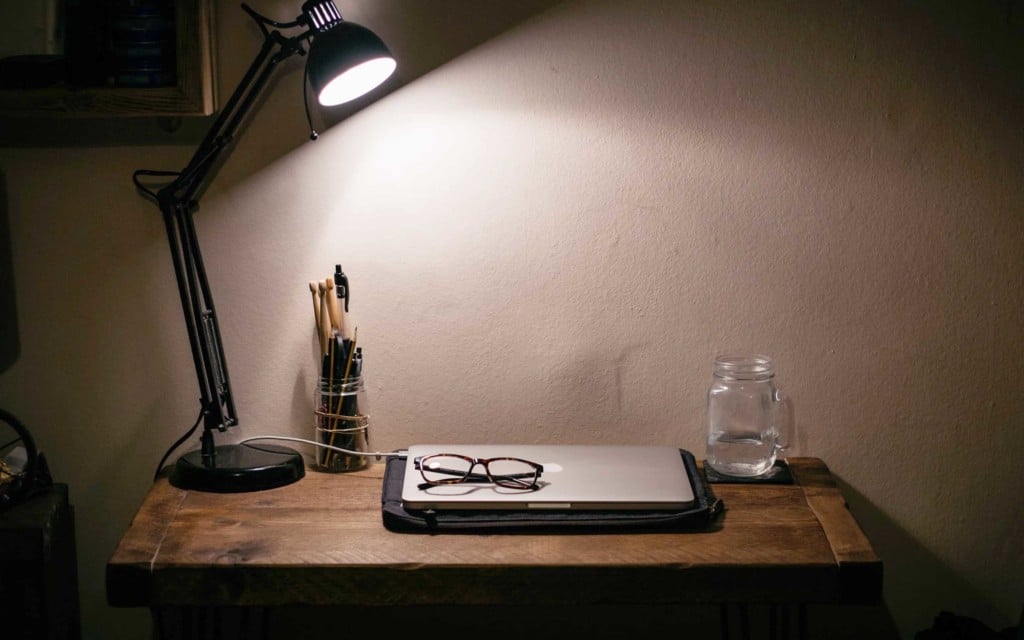
What is sleep restriction therapy?
Sleep restriction therapy for chronic insomnia is a component of the cognitive behavioural therapy for insomnia protocol, or CBT-I. The strategy was originally introduced by a sleep scientist and psychologist named Arthur Spielman, who also referred to the treatment as “SRT.”
Sleep restriction therapy is a treatment designed to treat insomnia lasting three months or longer. Usually, it works by consolidating your sleeping patterns and refreshing your circadian rhythm.
Imagine what would happen if you stayed up all night today, and only gave yourself two hours of sleep during tomorrow?
The chances are that you’d be exhausted, so as soon as you closed your eyes, your body would push you to go to sleep faster and spend more time in the deeper stages of sleep. A sleep therapy schedule using restriction works on a similar, but less extreme level.
The idea is that by restricting the time you spend in bed, you can increase your sleep drive or subconscious desire to sleep. This leads to less fitful sleeping and improved efficiency in your rest. You can say sleep restriction is a form of sleep compression therapy, but more on that later in this post.
Typically, sleep restriction therapy will begin with a behavioural therapist asking you to log your sleeping patterns in a diary. This means:
- Recording your bedtime.
- How long you spend asleep.
- The time you get up.
- The number of times you wake up during the night.
You might need to keep records for a few weeks before you get a full overview of your sleeping pattern. Once you have your log, you can use the amount of time you usually spend asleep each night to determine how much time you should be spending in bed.
That means if you only sleep for five hours each night according to your sleeping log, you only go to bed for five hours too.
At first, the chances are that you’ll get less sleep as you work to overcome your sleep anxiety and get your brain and body back into an efficient rhythm.
Your sleep specialist will usually ask you to track your sleep efficiency, until you’re sleeping for about 85% of the time you spend in bed. At that point, you can begin to increase the amount of time you spend in bed by periods of 15 minutes, until you start falling asleep as soon as you get into bed.
There are slightly different rules to sleep restriction therapy depending on your age. If you’re older than 65, most experts will recommend aiming for sleep efficiency of only 80% and having a 30-minute nap each day.
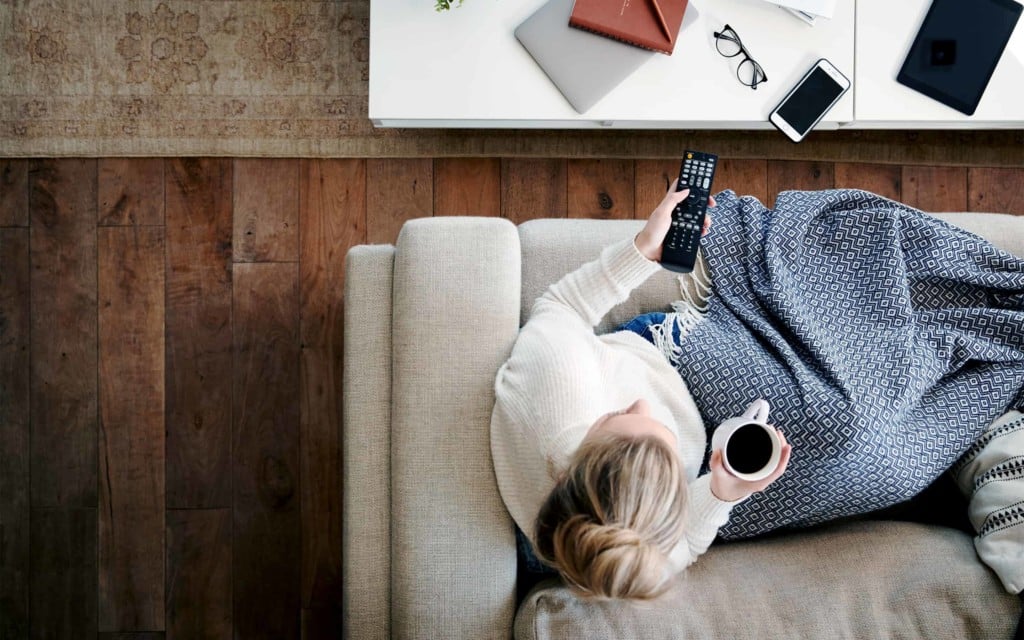
The impact of sleep restriction therapy on insomnia
So, is sleep restriction therapy effective?
Well, it might not sound fun — but it does have an impact on the way that you get your rest. According to specialists, sleep restriction therapy embodies the concept of hormesis.
In other words, to combat a fear or stress, you expose yourself to that same issue. Gradually you build up a resilience to it. What doesn’t kill you makes you stronger.
Look at this way, to build muscles; you lift weights that effectively rip the fibres in your muscles apart and build them up again. To improve immunity in a child, you expose them carefully to small amounts of germs.
To overcome the torment of lack of sleep, you also need to expose yourself to the side effects of not sleeping.
By giving your mind and body a specific window for sleep every day, you’re raising the stakes a little, and forcing your body to adapt to the circumstances. It’s not easy, but many specialists believe that sleep restriction is an effective non-medical way to treat insomnia.
It’s been more successful than a range of other treatments and natural remedies. Sleep restriction therapy for insomnia:
- Increases your sleep drive or desire to sleep, improving the chances that you’ll fall asleep much faster.
- Trains the brain to associate your bed with sleep, which helps with overcoming issues like sleep anxiety.
- Establishes and maintains a wake-sleep schedule, which is key to improving your overall sleep hygiene.
Sleep compression therapy
There’s a mild form of sleep restriction available called sleep compression therapy. The goal of this treatment is also to reduce the time that you spend lying awake in your bed.
The main difference is that sleep compression therapy is a more gradual process than SRT. This treatment is often recommended for people who already sleep quite well or are older and fragile.
A good candidate for sleep compression therapy rather than the full on restriction would be someone who feels fatigued even after getting 7 hours of sleep or so.
Instead of immediately reducing time in bed to the amount of sleep you get on a typical night, time in bed is gradually reduced until it is fairly close to the time you spend actually sleeping.
With sleep compression therapy, you can gradually work on restricting your sleep to help make your sleeping patterns more efficient and therefore reduce your feelings of drowsiness during the day.
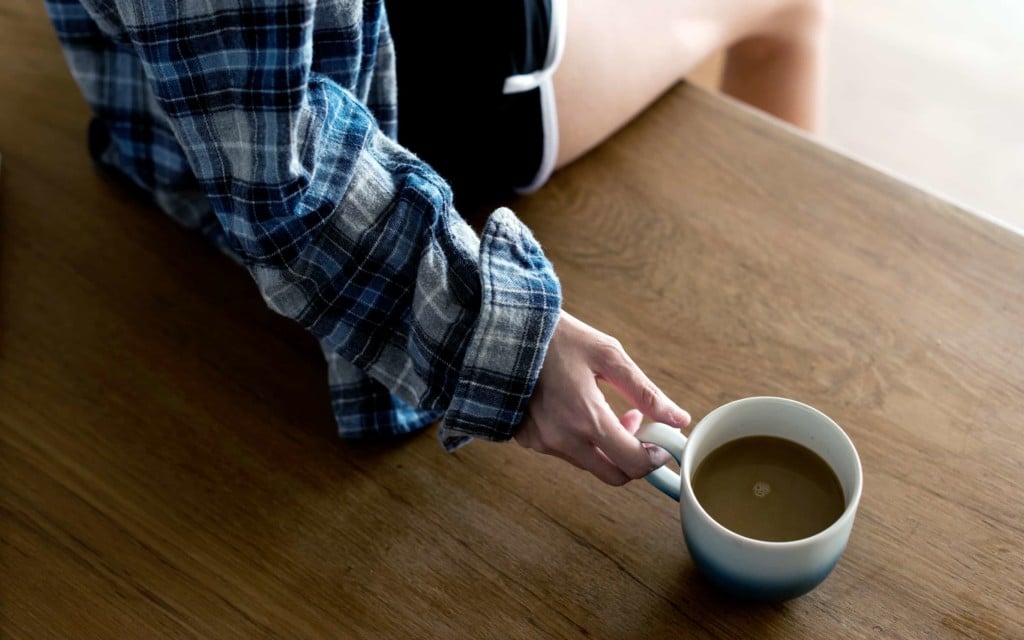
Sleep restriction therapy success stories
If this article on insomnia and sleep deprivation hasn’t convinced you that you should try restricting your sleep patterns yet, it’s worth noting that there are a lot of people who benefit from this therapy.
Over the years, experts have seen many sleep restriction success stories for insomnia sufferers who limit the time that they spend in bed.
SRT can improve your sleep efficiency by helping your brain to form a positive connection between your mattress and sleep. What’s more, forgoing sleep also increases your natural drive to sleep.
Researchers know that a consistent wake and sleep cycle encouraged with SRT helps to regulate the circadian rhythm. If you also improve your sleep hygiene, you should start to experience great sleep efficiency.
One study into women using sleep restriction therapy for insomnia caused by the menopause found that SRT was the most effective form of CBT for overcoming sleeplessness.
Another thing to mention about sleep restriction therapy for chronic insomnia is that it’s one of the few treatments that come with virtually no long-term side effects.
Most behavioural treatments for insomnia are far safer than over-the-counter medications and prescription drugs, as they don’t cause any dependence or persistent day-time fatigue.
When you first start your sleep therapy, there’s a risk you will experience a few side effects. It can include increased drowsiness as you’ll be rigorously controlling the amount of time you spend in bed.
Because of this, many people who try to reduce sleep to improve their sleep efficiency will suffer from daytime discomfort in the beginning of their treatment. You may also notice side effects like:
- Cognitive issues: Difficulties with memory, focus or concentration.
- Exhaustion: Feeling that you desperately need to go to sleep.
- Anxiety and emotional responses: Some insomniacs might feel overwhelmed by emotions due to their lack of sleep during the early stages of SRT.
The good news is that often if you can get past the initial stages of discomfort with SRT, the side-effects are relatively short-lived. There are also no dangerous long-term side effects to worry about, which isn’t always the case with drugs and medication.
How long does sleep restriction therapy take to work?
Sleep restriction therapy is a complicated thing. There’s no guarantee that this treatment will work for you, or how long it will take to change your circadian rhythm.
However, for most people, specialists will be able to start pushing a positive change within a few weeks. Sleep restriction is a treatment commonly used when people have symptoms of insomnia for at least 3 months or longer. You could notice an improvement to your sleep patterns in as little as a week.
The thing that takes the most time when it comes to insomnia and sleep deprivation, is figuring out how much sleep your body needs. Both sleep restriction and sleep compression therapy will require you to calculate the time you usually spend in bed.
Then you can determine how to start carefully reducing that sleep window. Most specialists will ask you to keep a note of your sleep times for a few weeks before they can begin the active portion of the treatment.
This means that it could take a month minimum for you to see any real results from sleep restriction therapy.
What’s more, once you’ve got your time in bed calculated, you’ll need to gradually measure your sleep efficiency. In the end you add more time to your sleep schedule until you reach full efficiency levels.
This can take several weeks overall. That means that people using sleep restriction therapy need to be very patient, which is difficult when you’re feeling exhausted.
It’s little wonder that many people find sleep restriction to be one of the toughest treatment options for sleeping disorders.
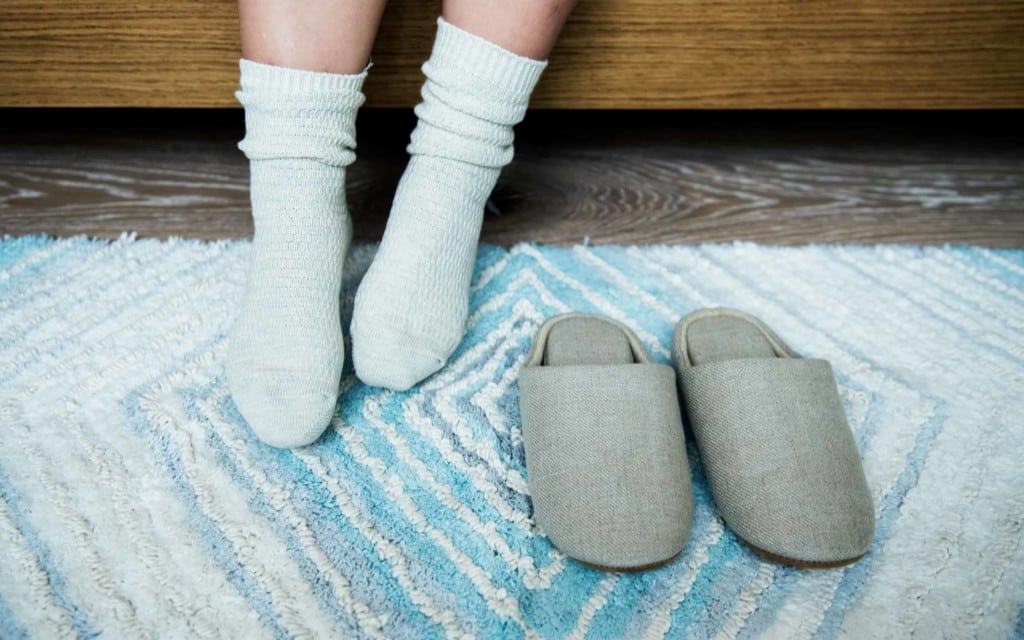
Sleep restriction therapy tips
So, how can you improve your chances of successful outcomes from your sleep restriction therapy?
Well, the easiest option is to follow the instructions given by your sleep specialist. Learning how to safely reduce sleep is tough, and it’s something you might need some guidance with.
Although there are plenty of articles out there that can guide you through the steps of DIY sleep restriction, you should always speak to a professional first. This kind of treatment won’t be possible for everyone.
Once you’ve made sure that sleep restriction is a good practice for you:
1. Focus on staying strong
The drastic changes that you’ll need to make to your sleeping habits with sleep restriction therapy are going to have a serious impact on how you feel emotionally.
Most people find that the first few weeks are very difficult and exhausting. With that in mind, it might be a good idea to see if you can have some time off work if you want to put SRT to the text. Or at the very least, make sure that you’re patient with yourself and your emotions.
You might need to ask your family to give you a break during the first stages of your therapy. Let people know that you’re likely to be moody and stressed at times and that you won’t have the same amount of energy that you usually have.
If you sleep with a partner that often keeps you awake with their snoring or sleep talking, you might prefer to sleep in a separate bed during your allotted windows, to keep distractions to a minimum.
2. Commit to your new schedule
You’ll need to be patient with sleep restriction therapy. This means setting a sleep window and sticking to it for a while as you measure your sleep efficiency carefully.
It’s going to be tempting to give yourself a little time to nap during the day if you feel exhausted or hit the snooze button on your alarm when you know you need to get up.
However, if you want sleep restriction to be effective, then you need to be committed to reducing your sleep — no matter how upsetting it might be at first.
Forcing yourself to sleep less to begin with — even when you desperately want to spend more time in the comfort of your bed, is the only way you can begin to improve your sleep efficiency.
If you don’t think you have the emotional willpower to engage in restriction therapy at this stage, it might be better to try a different kind of treatment instead.
3. Protect your schedule
Once you’ve decided on the new sleeping pattern that’s right for you and your needs, it’s important to stick to it as diligently as possible. One of the biggest mistakes that people make is constantly over-sleeping or under-sleeping so that they can address other time constraints in their life.
However, living with the mantra that you’ll “sleep when you’re dead” is bad for your long-term health and happiness. Your bedtime should be something that’s scheduled every day, and you’ll need to wake up at the same time too — even on a weekend.
Think about how you can put a routine in place to improve your chances of keeping your sleep schedule in check. This might include having a relaxing cup of tea or a bath before you go to bed each night.
It’s also a good idea to avoid any distractions in your bedroom, like blaring screens, additional lights, or noises that might wake you up. Invest in some earplugs or black-out blinds if necessary.
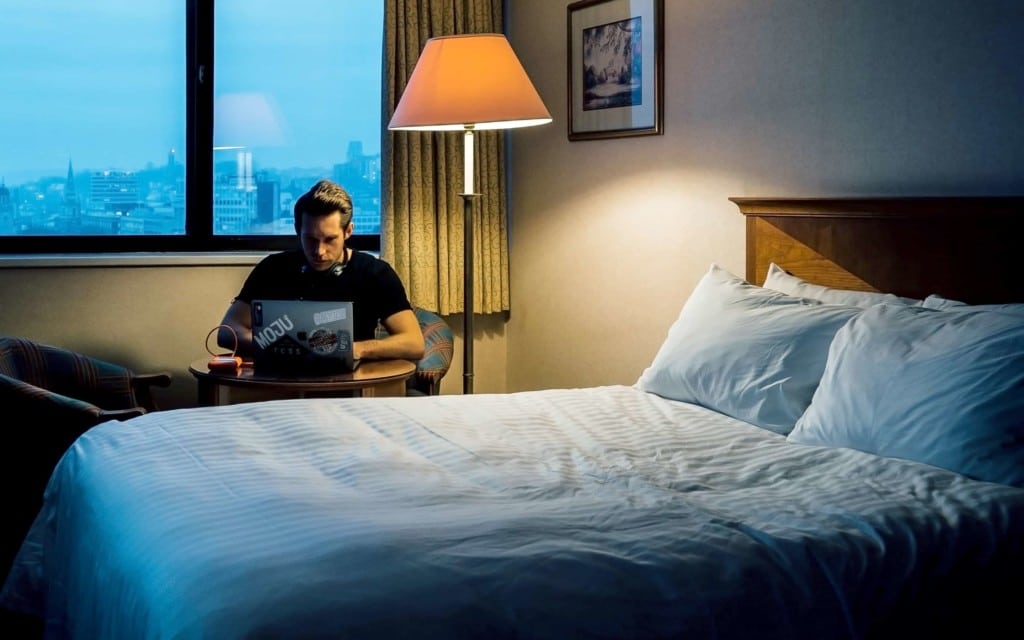
Could reducing sleep cure your insomnia?
Sleep restriction therapy is just one of the core components of Cognitive Behavioural Therapy for insomnia. As part of a broader CBT strategy, it can be an excellent way to refresh your circadian rhythm, improve your sleeping efficiency, and give your sleep hygiene the boost it needs too.
As exhausting as something like sleep restriction might sound at first, the studies show that this strategy is an excellent way to overcome insomnia when used correctly.
One study looking at 20 scientific reports on the value of CBT-I found that cognitive therapy is just as effective as medication, and it’s less likely to have adverse side-effects too.
Ultimately, forcing yourself to stay awake for extended periods, or pushing yourself to do all of your sleeping within the same window every day, isn’t the right option for everyone.
Sleep restriction is an emotional and challenging process, that takes a while to deliver real results. However, if you have the mental resiliency and patience to try sleep restriction therapy, you could discover that it’s the best way to make a long-term difference to your sleeping patterns.
Keen to learn more about some of the best treatments for insomnia and sleep disorders? Don’t forget to subscribe to the Siestio blog!
Siestio. Sleep Matters.
General advice disclaimer
This article contains general tips and advice. However, no diet or exercise program should be started without consulting your physician or other industry professional first. For more information read our full disclaimer here.

